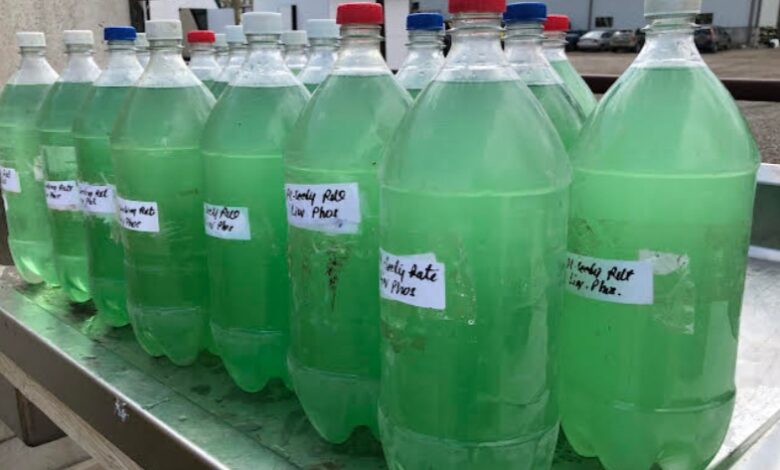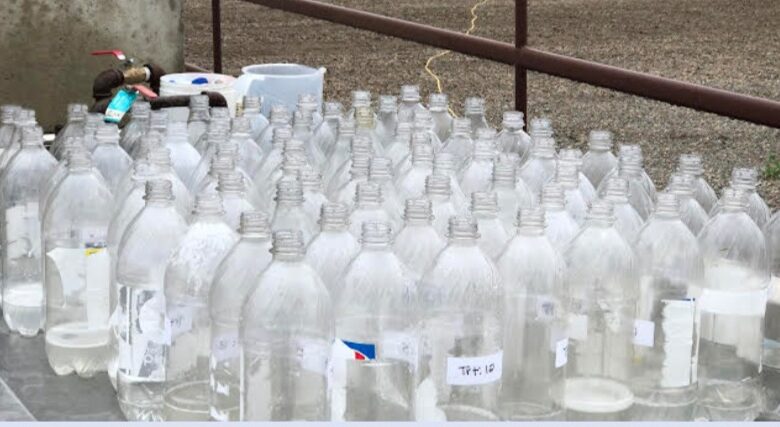


Plastic pollution is one of the most pressing environmental challenges facing the world today. With the rapid growth of industrialization, globalization, and consumerism, plastic has become a ubiquitous material due to its durability, versatility, and low cost. However, these same characteristics have also made it a major pollutant, persisting in the environment for hundreds of years and causing widespread harm to ecosystems, wildlife, and human health. This essay explores the causes, effects, and potential solutions to the global plastic pollution crisis.
Causes of Plastic Pollution
Mass Production and Consumption
Since the 1950s, global plastic production has increased exponentially. According to the United Nations Environment Programme (UNEP), more than 400 million tons of plastic are produced each year, and this number is expected to double by 2040 if current trends continue. Much of this plastic is used in single-use items such as packaging, bottles, and bags, which are quickly discarded.
Improper Waste Management
Many countries, especially in the developing world, lack the infrastructure for proper waste collection and recycling. Even in developed nations, significant amounts of plastic end up in landfills or escape into the environment. Mismanaged plastic waste often finds its way into rivers and oceans, contributing to marine pollution.
Durability of Plastics
Plastic’s resistance to degradation means it remains in the environment for centuries. Instead of decomposing, plastics break down into smaller pieces called microplastics, which are difficult to remove and can be ingested by wildlife and humans.
Microplastic pollution
Microplastic pollution refers to the contamination of the environment by tiny plastic particles, typically less than 5 millimeters in size. These particles come from a variety of sources and pose serious environmental and health risks.
Sources of Microplastic Pollution:
Primary microplastics- These are manufactured small plastics, such as microbeads found in personal care products (e.g., exfoliants, toothpaste), industrial scrubbers, and plastic pellets used in manufacturing.
Secondary microplastics- These are formed from the breakdown of larger plastic items like bottles, bags, and fishing nets due to environmental exposure such as sunlight, wind, and water.
Microplastics are commonly found in oceans and seas, where they are ingested by fish, seabirds, and other marine animals, leading to physical harm, starvation, and even death. Microplastics have been detected in agricultural land and freshwater bodies, affecting soil health and water quality. When aquatic animals consume microplastics, the particles can move up the food chain, potentially ending up in human food. Microplastic pollution is a growing global concern that affects ecosystems and potentially human health, calling for urgent action at both individual and policy levels.
Environmental and Health Impacts
Marine and Terrestrial Ecosystems
Plastic pollution is especially devastating to marine environments. Over 8 million tons of plastic enter the oceans each year, forming massive garbage patches like the Great Pacific Garbage Patch. Marine animals mistake plastics for food, leading to ingestion, internal injuries, and often death. On land, plastic waste clogs waterways, harms wildlife, and contributes to soil degradation.
Food Chain Contamination
Microplastics are now found in virtually all parts of the environment, from deep-sea sediments to Arctic ice. These particles enter the food chain when consumed by plankton and small fish, eventually reaching humans through seafood consumption. Studies have shown microplastics in bottled water, salt, and even the air we breathe.
Human Health Risks
Microplastics have been found in drinking water, salt, and even in human tissues. Potential risks include inflammation, toxicity from chemicals absorbed by the plastics, and disruption of hormones, although long-term health effects are still under study. The health effects of microplastics and the chemicals associated with plastics, such as phthalates and bisphenol A (BPA), are still being studied. However, evidence suggests they may disrupt endocrine systems, contribute to developmental disorders, and increase cancer risk.
Efforts and Solutions
1. Reducing plastic use, especially single-use plastics.
2. Improving waste management and promoting recycling.
3. Regulating microplastics and other forms of plastics in consumer products.
4. Raising public awareness about responsible plastic consumption.
International Agreements and Policies
Governments and international bodies are beginning to address the crisis. In March 2022, the United Nations agreed to negotiate a legally binding treaty on plastic pollution, with a target completion date by 2024. Several countries have also banned or restricted single-use plastics and implemented extended producer responsibility (EPR) policies to hold manufacturers accountable.
Recycling and Waste Management Improvements
Increasing recycling rates is crucial but challenging. Globally, only about 9% of plastic is recycled. Investment in modern recycling technologies, waste segregation systems, and circular economy models is necessary to reduce plastic leakage into the environment.
Innovative Alternatives and Bioplastics
Research into biodegradable plastics and alternative materials made from seaweed, cornstarch, and other natural sources is growing. While these innovations are promising, they must be carefully evaluated to ensure they do not create new environmental problems.
Public Awareness and Behavioral Change
Consumers play a vital role in combating plastic pollution. Reducing plastic use, supporting zero-waste movements, and demanding sustainable packaging can drive market and policy changes. Education and awareness campaigns are essential to shift behaviors and attitudes.
Conclusion
Plastic pollution is a global crisis that affects the environment, wildlife, and human health. Addressing it requires a multifaceted approach involving government regulation, industry innovation, improved waste management, and individual responsibility. The urgency of the problem demands global cooperation and swift action. With the right policies, technologies, and public support, it is possible to significantly reduce plastic pollution and create a cleaner, more sustainable future for all.
Photo credit: Saikat Kumar Basu






